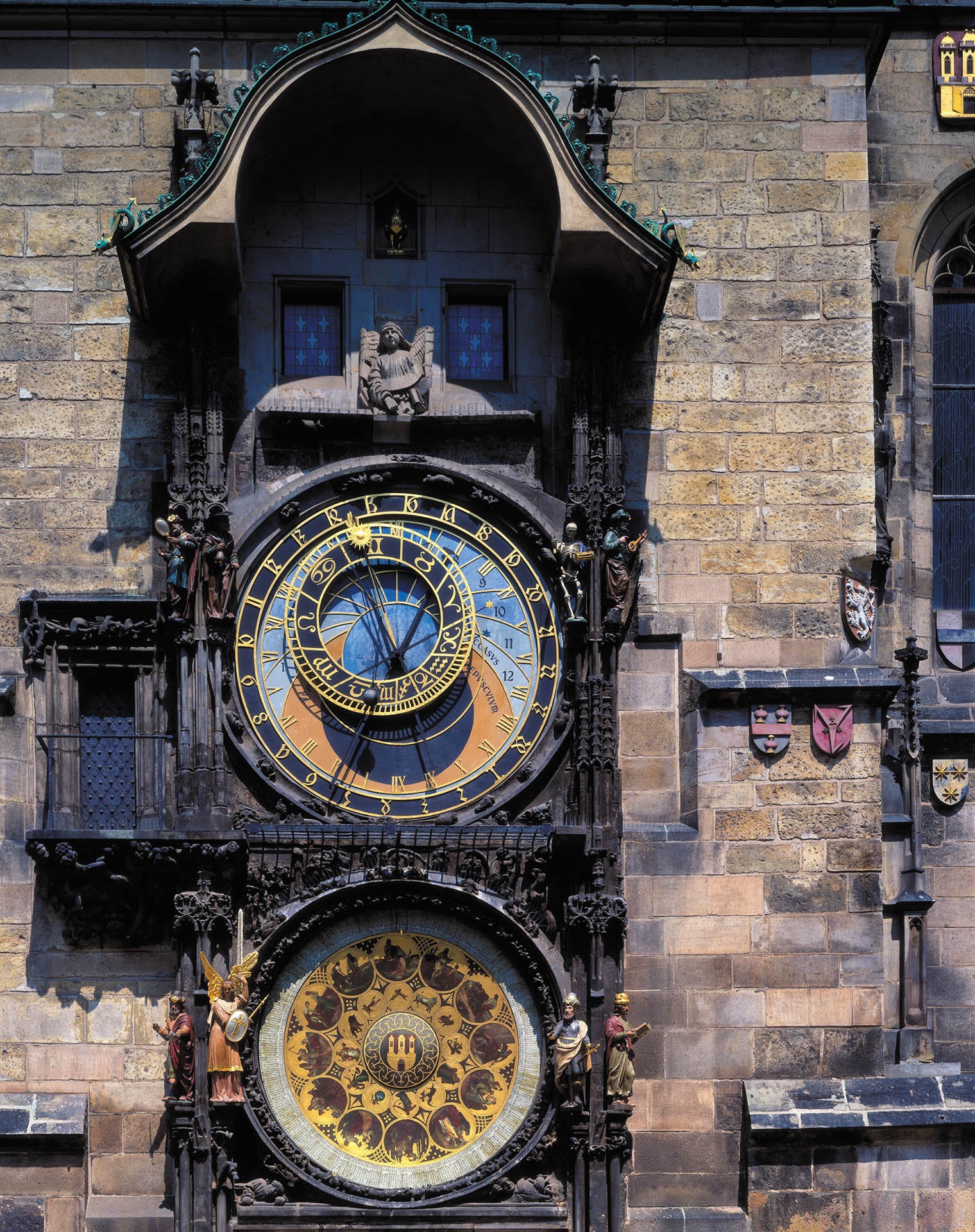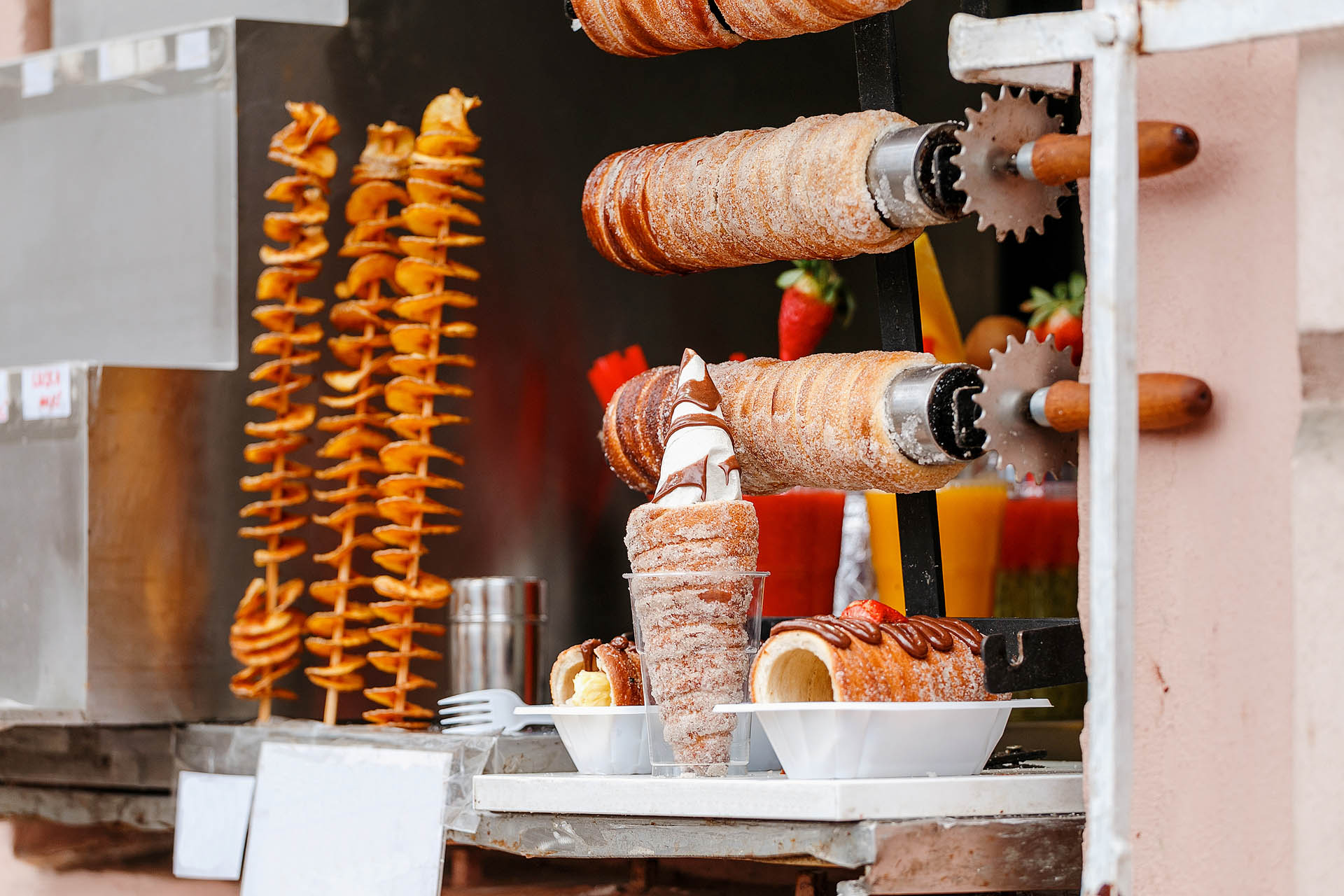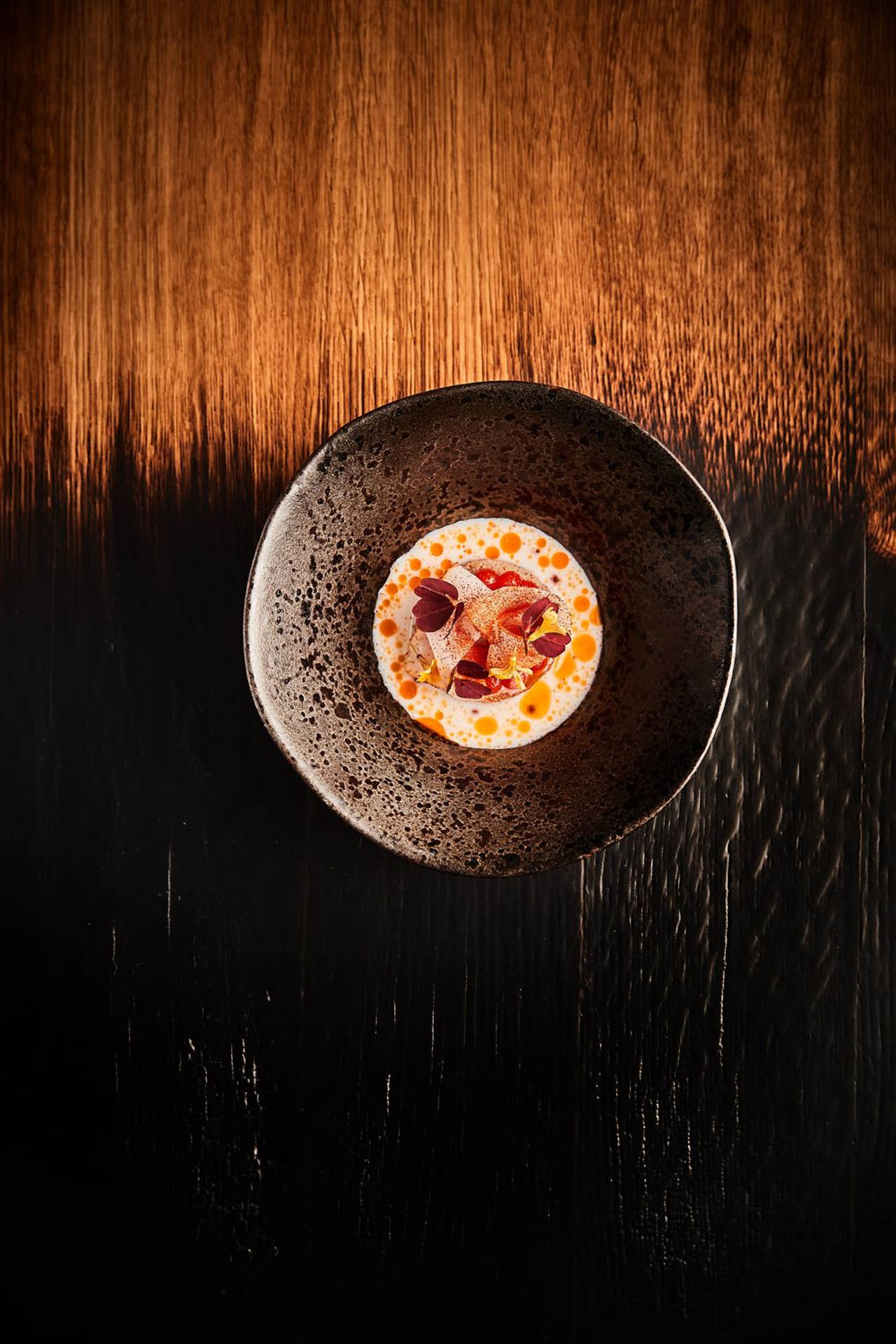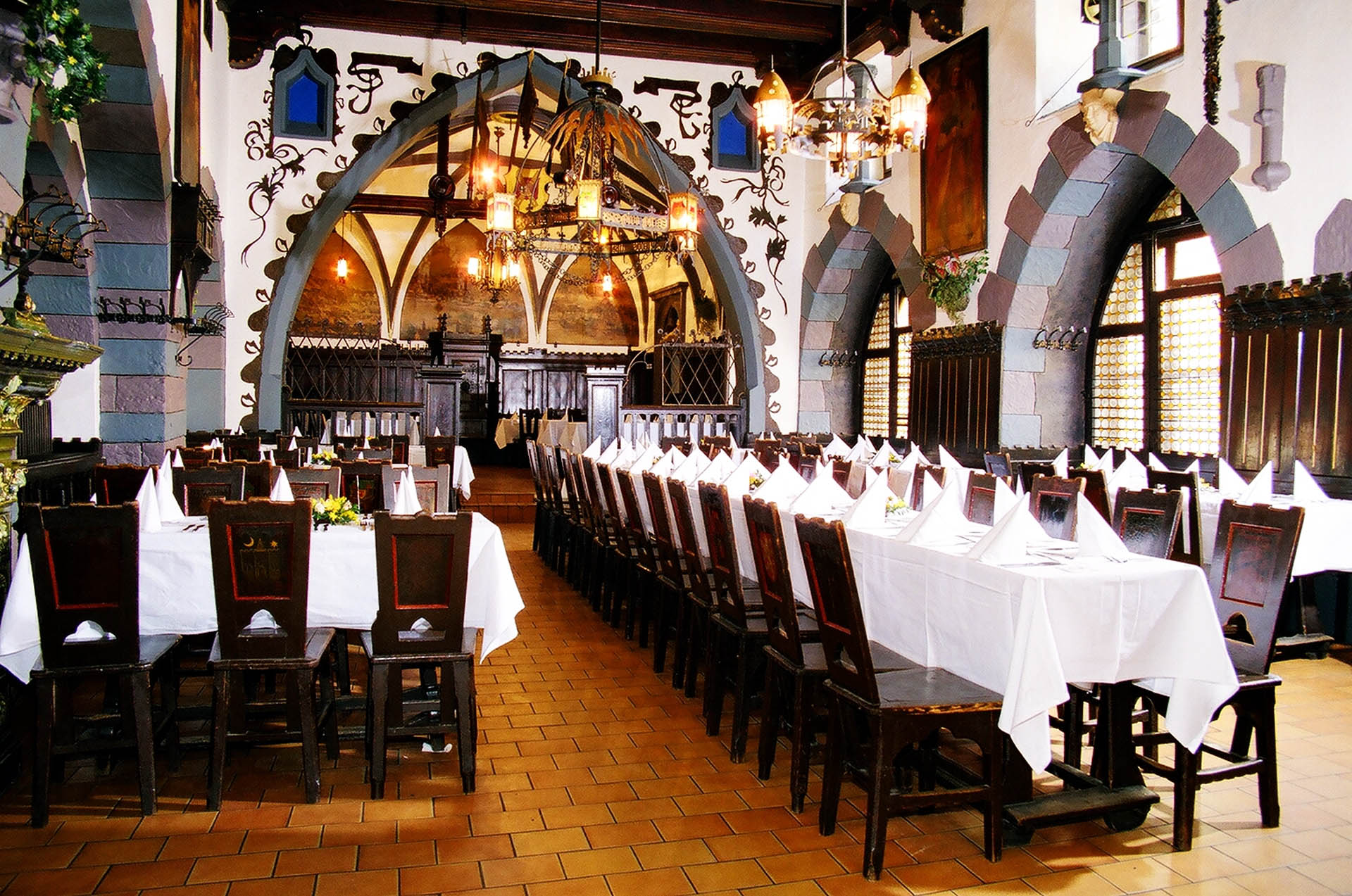WITH BEAUTY THAT RIVALS ANY EUROPEAN STALWART, PRAGUE’S FASCINATING STORY SPANS A MILLENNIUM OF URBAN CULTURE
BY AMANDA MCCOY
In November 1989, only eight days after the fall of the Berlin Wall, the Velvet Revolution swept over the capital city of Czechoslovakia, and the people of Prague first students, followed by citizens of all ages in the hundreds of thousands flooded the ancient cobbled streets, demanding an end to the communist regime’s 41-year rule. The transition to a parliamentary government ushered in a fierce wave of tourism for the Czech Republic (in 1993, the country voted to split into two nations, the Czech Republic and Slovakia), and visitors soon discovered an untarnished ruby along the sinuous Vltava River, a preserved portrait of more than ten centuries of history, told through a blanket of red bricked roofs, towering spires, and landmarks that date back to the 800s. Resilience is a defining characteristic of the resplendent city; through revolutions, wars, floods, fi res, and other disasters, the architecture was largely spared. Visitors are treated to a 3-D encyclopedia of different periods and styles by merely walking the streets, from Romanesque, Neoclassical, and Baroque to Art Nouveau, Deco, and Cubist.

KNOW BEFORE YOU GO
Prague is bisected by the Charles Bridge, a colossal 14th century stone bridge lined with statues of Catholic saints. The city’s historic core resides on the right bank, home to the famed Old Town Square and its colorful baroque buildings and imposing Gothic churches. The world’s oldest working astronomical clock, built in 1410, begins to dance at the top of each hour (Fun fact: the clock was constructed 200 years before society learned the Earth rotates around the sun, thus the clock face’s sun a large golden sphere floats around the Earth.) The left bank is home to the idyllic Lesser Town, tucked into the foothills of the magnificent Prague Castle, the city’s most recognizable landmark.Prague consistently ranks among the top European cities to visit during the holidays with world-class Christmas markets replete with a 62-foot tree that attract millions of visitors each year. Bring comfortable shoes as the city is infinitely walkable, and getting lost along the labyrinth of cobblestone streets brings more delight than worry. But be prepared winters in Prague are cold, and temperatures in December tend to hover just below freezing, so layer up and don’t forget hats, scarves, and gloves as you’ll spend ample time outdoors, taking in the sights or browsing the holiday markets. Luckily there are numerous stalls serving piping hot chocolate or spicy mulled wine to go.
ATTRACTIONS

CHRISTMAS MARKETS
The markets in Old Town Square and Wenceslas Square run daily from November 27 through January 6 (including Christmas Eve, Christmas Day, and New Year’s Day) and are located only a brisk five-minute walk from each other. Each year, hundreds of wooden huts each draped in twinkling lights, wreaths, and decorative garland fill nearly every inch of both squares, huddled around the soaring Christmas tree centerpiece in Old Town. Browse everything from ornaments, hand-poured candles, ceramics, and handmade jewelry to puppets, dolls, wooden toys, and locally made souvenirs. Street food is also serious business; sample bone warming Czech delicacies like Pražská Šunka (large hams roasted on spits), klobása (barbecue sandwiches), and sladké knedlíky (sweet dumplings), plus gingerbread, pastries, and cakes. The markets can get elbow-to-elbow crowded, especially the closer you visit to December 25. There are smaller, less frequented markets at the nearby Republic Square, Kampa Island on the Vltava, and in front of St. George’s Basilica.
PRAGUE CASTLE
Built in the 9th century, the Prague castle has served as the seat of power for kings, Holy Roman emperors, and Czech presidents for centuries. It spans 18 hilltop acres and is believed to be the largest ancient castle complex in the world, comprising several stunning monuments like the Gothic St. Vitus Cathedral and Romanesque Basilica of St. George, plus several palaces, gardens, and defense towers. Entry onto the grounds is free, but you must purchase a circuit ticket (approximately $11 USD) to tour most of the buildings, including the Old Royal Palace and St. George’s Basilica. Note you must also purchase a permit to take photographs indoors. hrad.cz/en/prague-castle-for-visitors.
BREWERY TOUR
European beer connoisseurs will be quick to attest: Prague is home to some of the best damn ale on the continent. In addition to the lively brew pubs that line just about every city block, monastery beer culture is prevalent. Begin with Strahov Monastery Brewery (circa 1142), located just steps from Prague Castle, to sip seasonal varieties of Saint Norbert beer, then visit Břevnov Monastery Brewery of St. Albert (dating all the way back to 933), considered the oldest Czech brewery, for a shockingly strong Russian Imperial Stout (21% ABV) or Imperial Lager (20%)
WHERE TO STAY
AUGUSTINE
Tucked into the commanding shadow of the Prague Castle, this luxe Lesser Town hotel invites guests on a pilgrimage back through time, when nobles and clergy roamed the hallowed streets. Spread across a maze of seven interconnected buildings, the resort derives its name from the Augustine Monastery, which is still active today with four full-time in house monks. There’s also a 13th century library filled with soaring shelves of centuries-old books accessible without ever stepping foot of the property. Catholic statues, ornate ceiling frescoes, and original iron fixtures juxtapose beautifully against contemporary Czech Cubist décor and furnishings. Each of the 101 guest rooms and suites is unique (most were assembled from two or three monks’ cells), and feature modern luxuries like marble bathrooms, heated floors, and gas fire places. Rooms begin around $249 per night. marriott.com

FOUR SEASONS
Perched riverfront on the right bank in Old Town (and a brisk 10-minute walk from Old Town Square and its vibrant markets), the Four Seasons marries four structures from different periods: Baroque, Neoclassical, Renaissance, and modern eras, each with its own distinct personality and charm. The 138 guestrooms and 19 suites are also dressed in different themes. A Neoclassical Premier River Room, for instance, is draped in a coral color scheme with shades of beige and gold, while the Renaissance Suite radiates in blue and green under a Czech crystal chandelier. At mealtimes, indulge in chef Leonardo di Clemente’s award-winning Italian fare at Cotto Crudo, or feast on sushi at the rooftop MIRU as you watch the sunset over the Prague skyline. Rooms begin around $488 per night. fourseasons.com

WHERE TO DINE
FIELD RESTAURANT
At this farm-to-fork restaurant in the heart of Old Town, chef Radek Kašpárek is a maestro of “stubborn” cooking, parsing ingredients for their freshness and taste, not beauty. The name Field was inspired by the cuisiner’s playground, where he culls roots, vegetables, herbs, and other raw delectables to dress his innovative dishes. As a result, the menu is always changing. Choose between a ten or six-course degustation menu for the day’s selection; past dishes include bone marrow with relish, black garlic, and potato, and fallow deer with foie gras, cabbage, and black trumpet. It’s a popular spot for locals and was awarded one Michelin star in 2018. eldrestaurant.cz

U FLEKU BREWERY AND RESTAURANT
This mega-sprawling restaurant and microbrewery is to beer aficionados what the Prague Castle is to history buffs: heaven on earth. Founded in 1499, it’s the only brewery in Europe that has been continuously serving ale for 500 years, and today it spans eight different dining halls plus an open-air courtyard. Sip traditional Czech beer and nibble on hearty bites like homemade liver sausage, fresh beer cheese, or smoked pork neck with horseradish and cucumber. Each hall has its own distinct vibe, but be sure to grab a pint in the most famous of all, the Academy room, where esteemed Czech cultural figures have regaled for centuries. en.ufleku.cz

